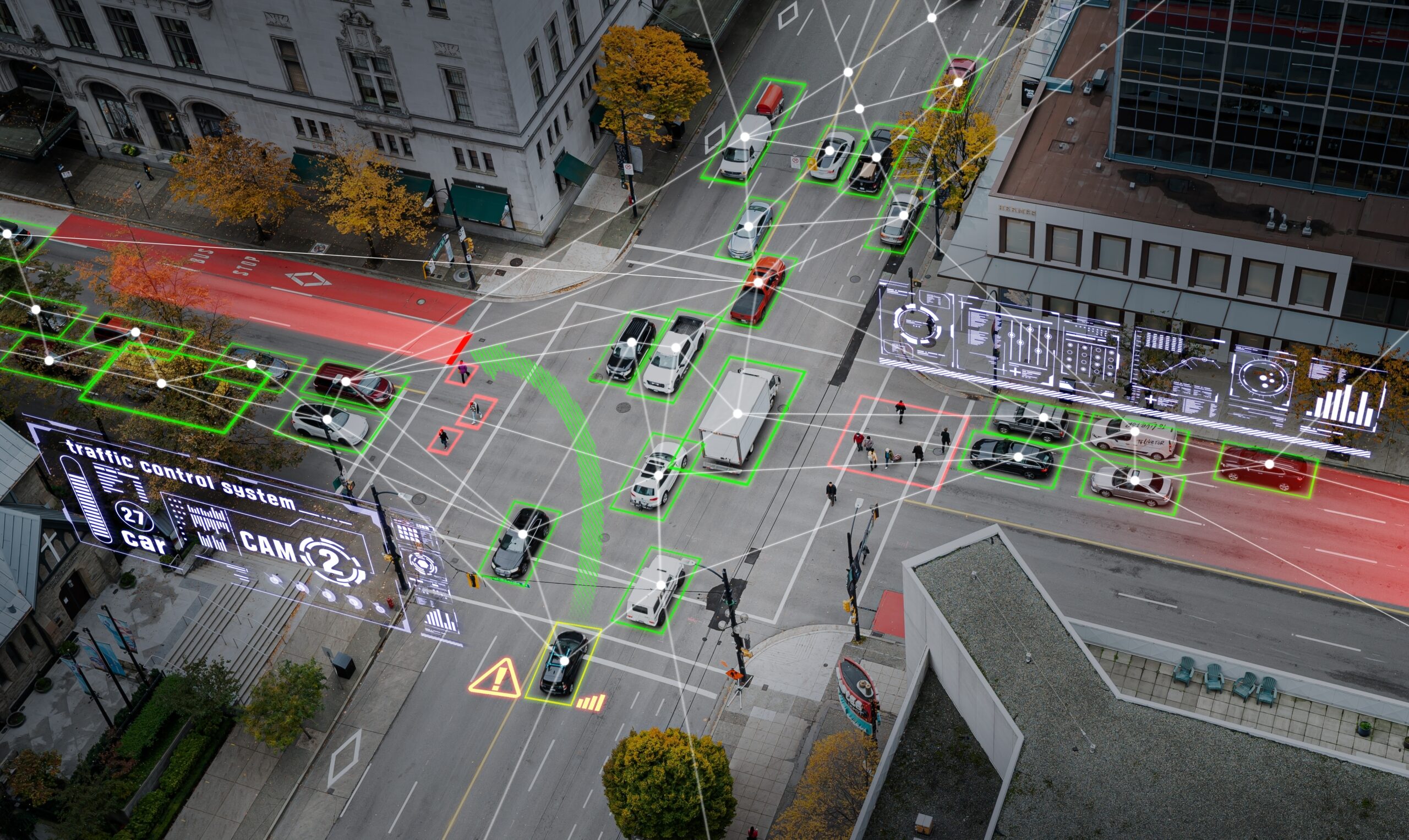How Far Can Autonomous Driving Support Society?

TEXT : Andrew Mclakathy
Autonomous driving technology is one of the anticipated advancements in future society. If widely adopted, it could offer numerous societal benefits, such as reducing the burden on drivers and alleviating labor shortages in public transportation. In recent years, global safety standards have been developed, and the pace of development has accelerated in various countries. How much has autonomous driving advanced in supporting human drivers? By exploring the milestones so far and the current global landscape, we can reflect on the future of our automotive society.
The concept of autonomous driving dates back to the 1930s. In 1939, at the World’s Fair held in New York City, General Motors (GM) of the United States showcased a diorama of a futuristic city, hinting at the possibility of autonomous driving. It is said that the development of autonomous driving was inspired by the frequent occurrence of automobile accidents.
In the late 1950s, GM began developing an autonomous driving system that controlled vehicles using guide cables embedded in the road. Similar methods were researched in various countries. By the 1970s, autonomous driving systems using cameras were conceived, and by the 1980s, these systems were being tested around the world.
Entering the 2000s, advancements in GPS and computer technology further progressed autonomous driving. In the 2010s, numerous startup companies focused on developing autonomous driving technology emerged. In 2014, the Society of Automotive Engineers (SAE) defined a set of safety levels for autonomous driving, which was later adopted as a global standard.

Autonomous driving is classified into six levels, from Level 0 to Level 5, based on safety and automation. Level 0 indicates no automation, with all driving tasks performed by the driver. Level 1 refers to basic driving assistance, where the vehicle supports functions like maintaining distance through cruise control. At Level 2, the vehicle can control acceleration, braking, and steering, but the driver must remain actively engaged and monitor the system.
Level 3 involves the vehicle taking full control of driving under specific conditions, with the driver only needing to intervene when necessary. At Level 4, the vehicle can operate autonomously under certain conditions without driver intervention, while Level 5 represents full automation, where the vehicle can operate autonomously under all conditions.
In the pursuit of achieving higher levels of autonomous driving, automobile manufacturers are fiercely competing. From around 2013, public road testing has increased, and the implementation of autonomous driving technology in commercial vehicles has begun. Mercedes-Benz's Drive Pilot system supports highway driving and enables hands-off driving under specific conditions.
Nissan's ProPILOT 2.0 offers hands-off functionality and lane-keeping assistance with navigation-linked route guidance. Other examples include Tesla's Autopilot system, which features cruise control that does not require accelerator input and lane-change assistance. Various automakers have implemented Level 3 autonomous driving technologies in their vehicles.

Countries around the world are also advancing in the development of regulations for autonomous driving. In Europe, the "Amsterdam Convention" on cooperation in the field of autonomous driving was signed in 2018, initiating the creation of unified rules. In the United States, where both federal and state governments have established regulations for autonomous vehicles, the National Highway Traffic Safety Administration (NHTSA) has developed guidelines for the testing and commercial operation of autonomous vehicles, and is working to coordinate state regulations. In 2021, new safety rules for autonomous driving were developed and adopted by the United Nations Economic Commission for Europe (UNECE) under the World Forum for Harmonization of Vehicle Regulations.
As regulations are being developed, efforts to introduce autonomous driving to public transportation have also begun. In Darmstadt, Germany, testing of Level 4 autonomous shuttle buses has been underway since 2024.
In the United States, public transportation test operations are being conducted in California and Texas. Waymo, a subsidiary of Google, will launch a fully autonomous taxi service starting in 2024. Autonomous driving technology is gradually moving towards practical implementation.
There are still concerns about the reliability of autonomous driving. Issues such as determining liability in case of accidents and other legal matters need to be addressed. However, advancements in AI technology, faster communication technologies, and the evolution of computer technology will continue to drive innovation. Improving regulations, leveraging new technologies, and accumulating test drives will gradually enhance the reliability of autonomous driving. With steady progress, a safer mobility society will undoubtedly emerge in the future.
